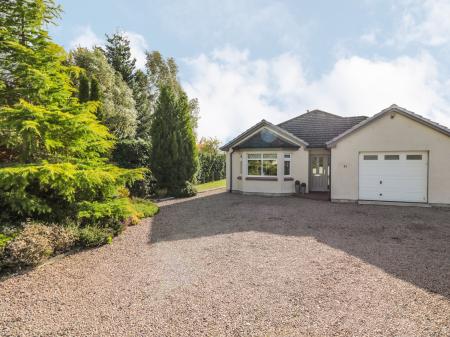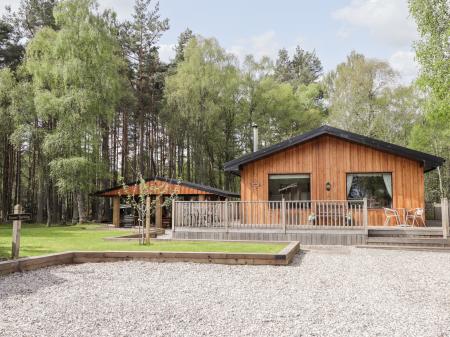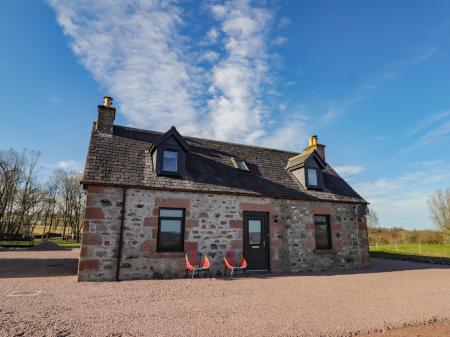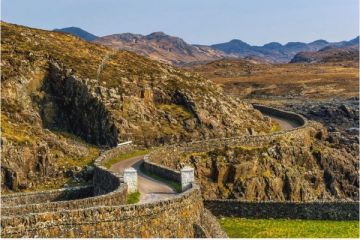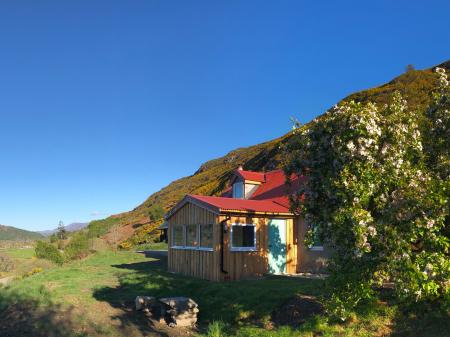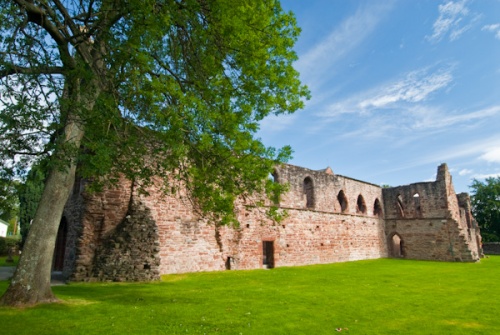
History
The Valliscaulians were a small order of monks from the Burgundy region of France. They established only 3 priories in Scotland, the others being at Ardchattan and Pluscarden. They first came to Beauly around 1230 at the invitation of the lord, Sir John Bisset. Here they built a small priory beside the River Beauly, where it runs into the Beauly Firth.
The first buildings erected on the site provided accommodation for the monks, but then shortly after 1230 construction began on the church. The original layout called for an elongated church with cloisters and monastic buildings attached to the south wall.

The 13th-century church remained unaltered until the 15th century, then in 1416 Francis Lovat granted money to build a new chapel dedicated to the Holy Cross.
The Priory suffered the fate of all Scottish monasteries in the Reformation. It was sacked in 1506, and it may have been this event that prompted the monks to reform according to the Cistercian rule. One of the Cistercian commendators (equivalent to an English prior) was Robert Reid, who took charge in 1531. Under Reid the monks built a new prior's lodging.
After the church was struck by lightning in 1541 the west end was rebuilt, and this is one of the most interesting parts of the ruins. You can still make out the coat of arms of the Bishop of Orkney over the west doorway arch.

All that remains of Beauly Priory is the ruined and roofless church. What is striking about the church is how elongated it is; there are no aisles, only transepts to the north and south, creating the form of a Latin cross. Though the entire church was laid out and built in one go, it offers examples of architecture spanning the 13th-16th centuries. The 13th-century windows in the presbytery show wonderful examples of Y-tracery. Compare these to the three-light windows in the monk's choir and the west front, rebuilt around 1540.
Though the priory church is roofless, there is a lot of historic interest. The interior hosts a large number of historic tombs. Perhaps the finest tombs are those of Prior Alexander Mackenzie (d. 1479), and Sir Kenneth Mackenzie of Kintail (d. 1492). The two were half-brothers, and their tombs stand opposite each other in the monk's choir (the east end of the church). The prior's tomb is now missing its effigy, but the knight's effigy remains.
Further Mackenzies are interred in the north chapel, which acted as a family burial aisle. Oddly, there is no indication of where the monks who lived at Beauly are buried.
Visiting
Beauly is open daily. At the time of this writing that's 9-5 in summer and 9-4 in winter. The location is extremely pretty, set in a belt of green trees, Beauly is a wonderfully peaceful spot, and you can imagine how glad the monks were to settle here! It won't take long to explore the ruins of the church, but you might just be tempted to linger just to soak up the atmosphere! When our family visited we took the time to enjoy the local history museum just a few minutes away, and I can highly recommend it.









 We've 'tagged' this attraction information to help you find related historic attractions and learn more about major time periods mentioned.
We've 'tagged' this attraction information to help you find related historic attractions and learn more about major time periods mentioned.